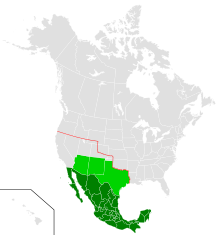
Back Zimmermann-telegram Afrikaans برقية زيمرمان Arabic Zimmermanın teleqramı Azerbaijani Тэлеграма Цымермана Byelorussian Телеграма на Цимерман Bulgarian Telegrama Zimmermann Catalan Zimmermannův telegram Czech Telegrammet fra Zimmermann Danish Zimmermann-Depesche German Telegramo de Zimmermann Esperanto


The Zimmermann telegram (or Zimmermann note or Zimmermann cable) was a secret diplomatic communication issued from the German Foreign Office on January 17, 1917, that proposed a military contract between the German Empire and Mexico if the United States entered World War I against Germany. With Germany's aid, Mexico would recover Texas, Arizona, and New Mexico. The telegram was intercepted by British intelligence.
Revelation of the contents enraged Americans, especially after German State Secretary for Foreign Affairs Arthur Zimmermann publicly admitted on March 3, 1917, that the telegram was genuine. It helped to generate support for the American declaration of war on Germany in April 1917.[1]
The decryption has been described as the most significant intelligence triumph for Britain during World War I[2] and it marked one of the earliest occasions on which a piece of signals intelligence influenced world events.[3] The decryption was possible after the failure of the Niedermayer-Hentig Expedition to Afghanistan, when Wilhelm Wassmuss abandoned his codebook, which the Allies later recovered, and allowed the British to decrypt the Zimmermann telegram.[4]
- ^ Andrew, Christopher (1996). For The President's Eyes Only. Harper Collins. p. 42. ISBN 0-00-638071-9.
- ^ Why was the Zimmermann Telegram so important? Gordon Corera BBC News 17 January 2017
- ^ "The telegram that brought America into the First World War". BBC History Magazine. January 17, 2017. Retrieved January 17, 2017 – via History Extra.
- ^ Hughes, Thomas L. (October 2002), "The German Mission to Afghanistan, 1915–1916", German Studies Review, 25 (3), German Studies Association: 455–456, doi:10.2307/1432596, ISSN 0149-7952, JSTOR 1432596